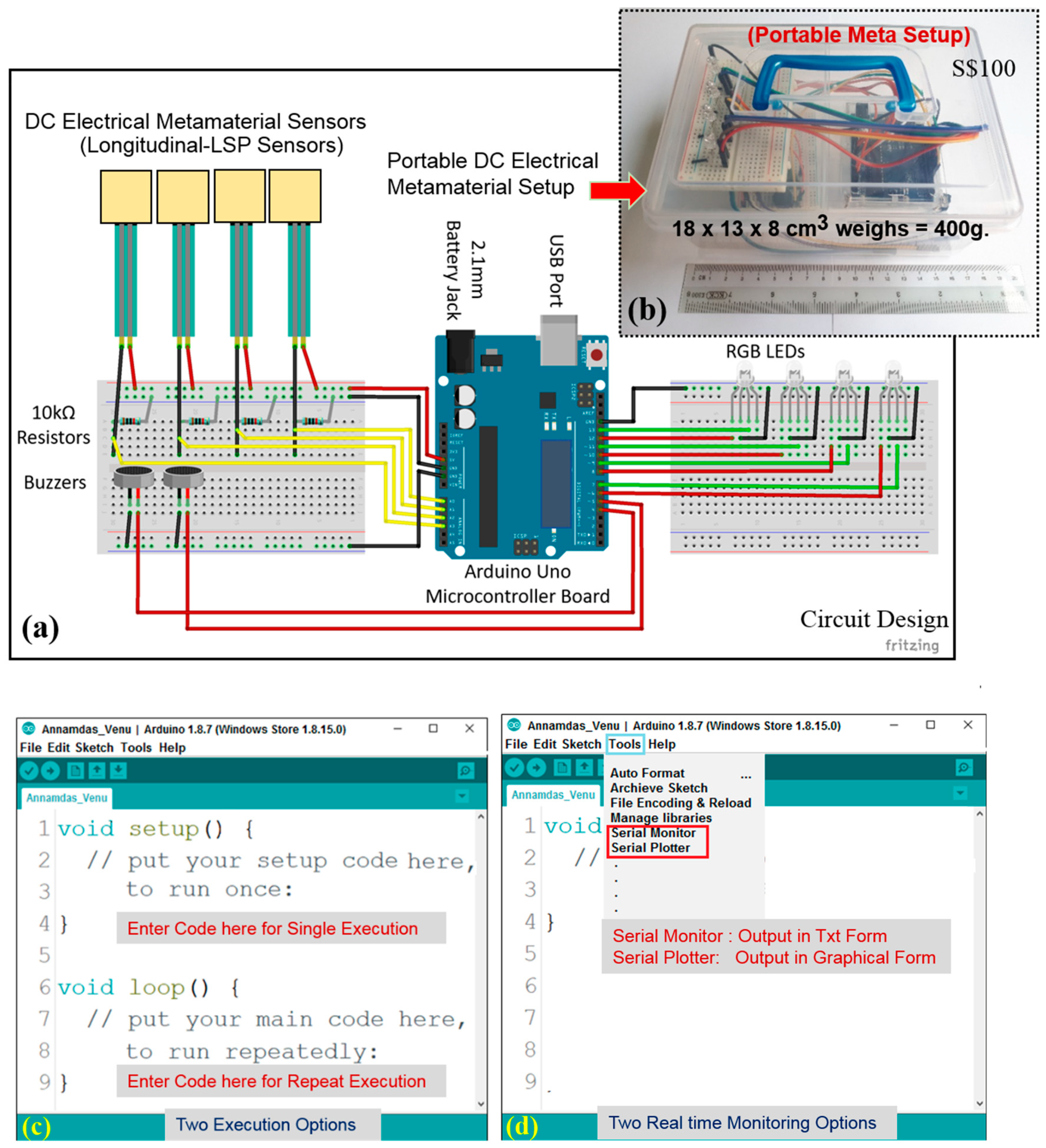

The fact that CMS continues to issue FAQs makes it interesting to see how the agency will handle mistakes or discrepancies regarding topics addressed by FAQs issued after reporting has already begun (August 1st, 2013). We have previously provided updates and full-text versions of FAQs (particularly in event of future possible government shutdowns). This time, CMS labeled the updated FAQs with “NEW!” next to the questions, which are listed towards the bottom of the FAQ page. The mapping platform allows these states and others to better inform broadband projects and funding decisions.Now that the government is back at work, the Centers for Medicare & Medicaid Services (CMS) updated it’s frequently asked questions (FAQ) page regarding the Open Payments program-formerly known as the Physician Payment Sunshine Act. Earlier this month, NTIA announced that Arizona, Idaho, Kansas, Maryland, Mississippi, and South Dakota have joined the growing roster of state participants in the NBAM, bringing the total number of participating states to 36. NTIA also offers to state governments and federal partners a geographic information system (GIS) platform called the National Broadband Availability Map (NBAM) that provides more complex tools for analyzing broadband access, such as the ability to upload GIS files to compare proposed projects. The FCC looks forward to continuing our close collaboration with the Commerce Department and other federal partners to fulfill the goal of connecting 100 percent of Americans.” Kudos to Secretary Raimondo and Acting Assistant Secretary Remaley for their leadership. “The latest mapping effort by NTIA is a welcome new tool that provides valuable insight into the state of broadband across the country. To ensure that every household has the internet access necessary for success in the digital age, we need better ways to accurately measure where high-speed service has reached Americans and where it has not,” said FCC Acting Chairwoman Jessica Rosenworcel. “Now, the public can benefit from our platform to see which areas of the country still don’t have broadband at speeds needed to participate in the modern economy.” “Any effort to close the digital divide starts with solid data, and NTIA continues to help policymakers make more informed decisions on expanding broadband access,” said Acting NTIA Administrator Evelyn Remaley. Users can toggle the separate data sets on and off to compare information, and search for specific locations, including Tribal lands and minority-serving institutions, to gain a better understanding of where broadband needs are greatest. The map also shows usage patterns in tribal communities, which have historically suffered from lack of internet access.

The dataset allows you to see where high-poverty communities are located and how that relates to internet usage patterns, as well as to a lack of computers and related equipment. The map also puts poverty and lack of broadband access on the same page. “In his American Jobs Plan, President Biden has proposed a once-in-a-lifetime investment that would finally connect one hundred percent of the country to reliable and affordable high-speed broadband.” “As we release this important data to the public, it paints a sobering view of the challenges facing far too many Americans as they try to connect to high-speed broadband and participate in our modern economy,” said U.S. Map displaying Census tracts where median Internet speeds show fixed broadband below 25/3 Mbps, according to Ookla data. This is the first map that allows users to graphically compare and contrast these different data sources. Speed-test data provided by M-Lab and Ookla help to illustrate the reality that communities experience when going online, with many parts of the country reporting speeds that fall below the FCC’s current benchmark for fixed broadband service of 25 Mbps download, 3 Mbps upload. Census Bureau, the Federal Communications Commission (FCC), M-Lab, Ookla and Microsoft. It contains data aggregated at the county, census tract, and census block level from the U.S. The public “Indicators of Broadband Need” tool released today puts on one map, for the first time, data from both public and private sources. This is the first interactive, public map that allows users to explore different datasets about where people do not have quality Internet access. Department of Commerce’s National Telecommunications and Information Administration (NTIA) released a new publicly available digital map that displays key indicators of broadband needs across the country.


 0 kommentar(er)
0 kommentar(er)
